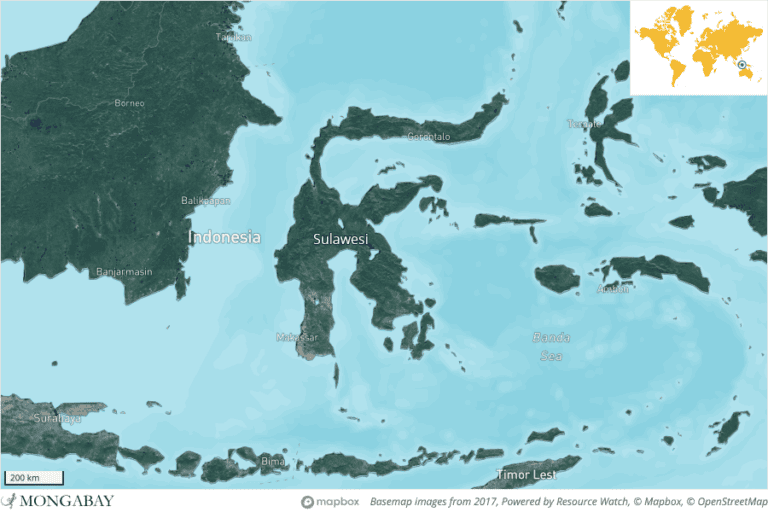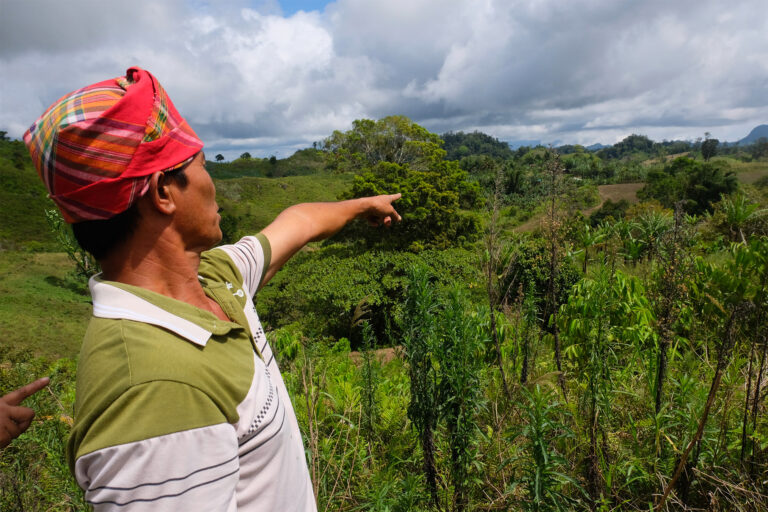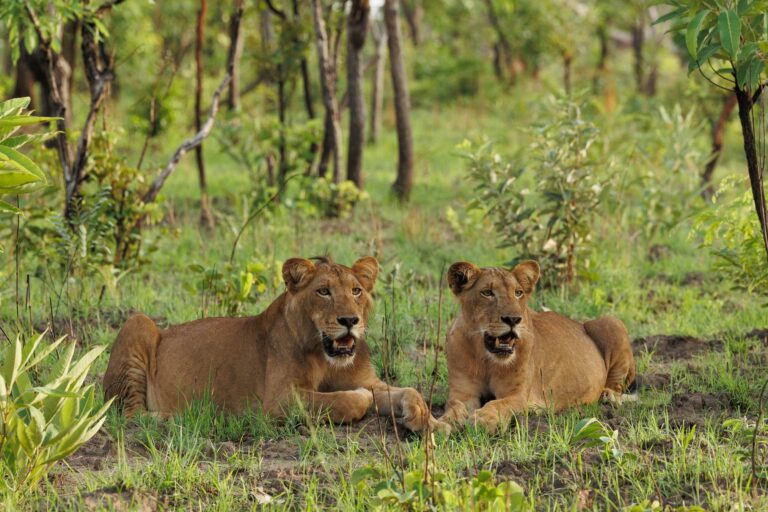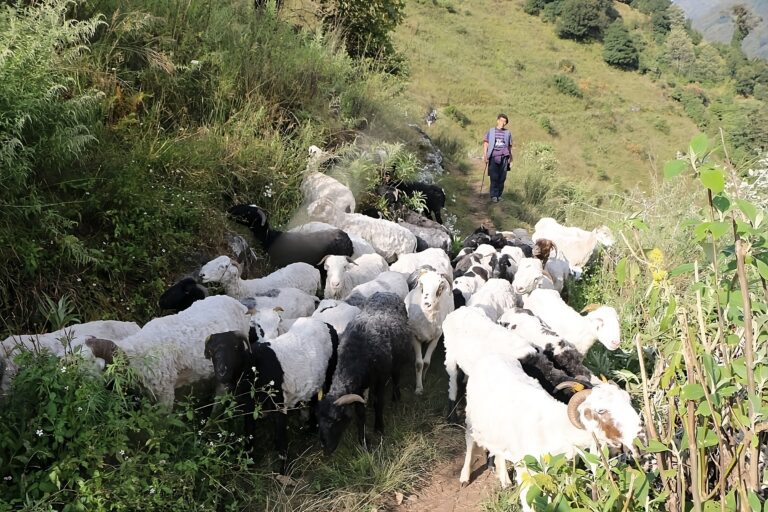- Conservation authorities in Indonesia have rescued a baby tarsier from a fruit garden in the island of Sulawesi.
- The Gursky’s spectral tarsier has been diagnosed with leucism, a condition similar to albinism, which gives it bright white fur.
- The discovery has prompted mounting calls from conservationists for the protection of the rescued tarsier against wildlife traffickers and its habitat against degradation.
JAKARTA — Conservation authorities recently rescued an unusual baby tarsier, one of the smallest known primates, from a fruit garden in Indonesia’s northern Sulawesi island. The discovery has prompted mounting calls from conservationists to protect the animal from wildlife traders and its natural habitat from further degradation.
The rescue of the Gurky’s spectral tarsier (Tarsius spectrumgurskyae) took place on Feb. 5, and the animal has since been under the care of a veterinarian from the North Sulawesi provincial conservation agency. Authorities have diagnosed the baby tarsier, whose species was only described by scientists in 2017, with leucism, a condition similar to albinism, as its whole body is completely covered with white hair, but its eyes are still dark-colored.
“This is the first I have seen or heard of a leucistic tarsier,” Myron Shekelle, a biology professor at Western Washington University in the U.S. and one of the scientists who described T. spectrumgurskyae, told Mongabay in an email.

Tarsiers, which are found only on a handful of islands in Southeast Asia, have fur that typically ranges between gray and dark brown. While albinism is the absence of melanin, leucism is the partial loss of pigmentation, which can cause skin, hair or feathers to appear white; but the cells in the eyes remain unaffected by the condition, unlike with albinism.
Wirdateti, a primatologist with the Indonesian Institute of Sciences (LIPI), said cases of leucism had previously only been found in one other nocturnal primate native to Indonesia, the lorises.
“In wildlife, albinism itself is a rare occurrence,” she said in a text to Mongabay.
The rescued tarsier, which authorities estimate to be around 6 months old, was found alone about a meter (3 feet) up a small tree. It’s common for tarsiers, including infants, to turn up in farms and gardens, particularly in areas of recently cleared forest.
“The mother must have been gone looking for food for her baby,” Wirdateti said, adding that insectivores like tarsiers tend to forage in gardens with plenty of fruit plants that attract insects.


Wirdateti also suggested that the leucism in the baby tarsier might have contributed to its lowered agility, given how easily it was caught.
Tarsiers, which are the only purely carnivorous primates on Earth, use their extraordinary jumping ability to target prey with laser-like precision. Thanks to their super-elongated legs (the longest relative to arm length of any primate species), tarsiers can easily leap 3 meters (10 feet) or more in a single bound.
According to the government, the baby tarsier is in good health and showing great motoric movements. Conservation authorities in North Sulawesi said their top priority is to release the rescued tarsier back to the wild, adding that keeping the animal at the rehabilitation center would be a last resort. For now, they said they are still monitoring a number of sites where the animal’s mother may live.
“From what I have heard, the thing to do in such cases is to simply leave the tarsier near the spot where it was captured, back away, and the mother will come and get it,” Shekelle said.
“Being a nocturnal creature, my best guess is that a pure white tarsier’s chance of survival and reproduction in the wild is probably very low,” he said, adding that the tarsier would be easy to spot for predators such as owls.
Sulawesi and its surrounding islands are home to 12 known tarsier species, but experts say they may hold at least 16 species. The population of Sulawesi’s tarsiers is poorly understood, but experts say they are declining as a result of rampant land clearing and habitat degradation.
Shekelle said leucistic or albino animals typically commanded high prices in the illegal animal market. He said that several years earlier an animal dealer showed him a photo of a piebald tarsier, which was white with one or two gray patches, in their collection.
All tarsier species are protected under Indonesia’s Conservation Act, and trafficking in the animals is punishable by up to five years in prison and up to 100 million rupiah ($7,200) in fines. In reality, however, offenders are rarely prosecuted; on the few occasions they are, they typically receive token sentences far below the maximum.
“This animal is adorable, but its future is probably not very bright, in my opinion,” Shekelle said. “If a predator does not get it, an animal collector probably will.”


FEEDBACK: Use this form to send a message to the author of this post. If you want to post a public comment, you can do that at the bottom of the page.














